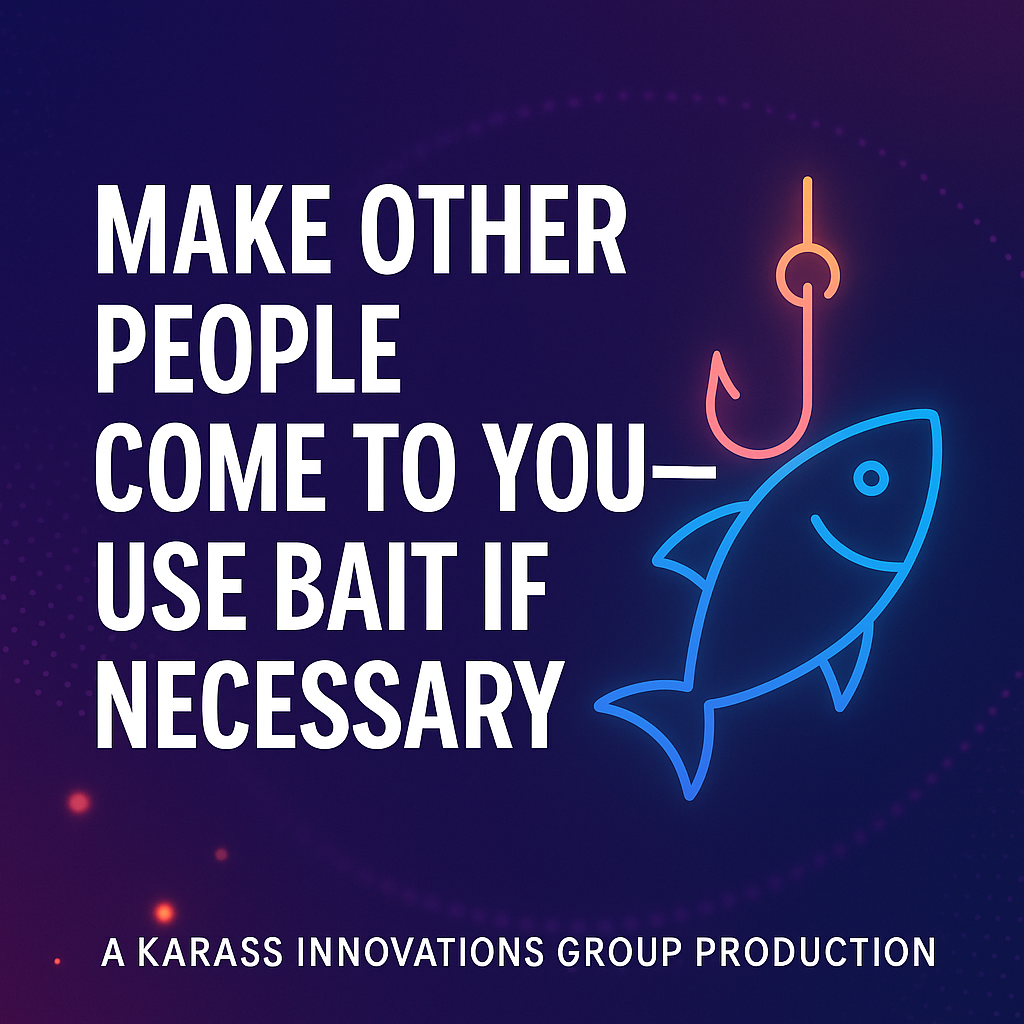Layered audits involve different management levels reviewing how well the MOS is being followed. From team leads to executives, ensure each layer reinforces expectations and addresses gaps systematically.
Infection: Avoid the Unhappy and Unlucky
Layered Process Audits Keep Everyone Accountable (Part 2 of 3)
Layered Process Audits Keep Everyone Accountable (Part 1 of 3)
Closing Action Items Driving Execution and Productivity (Part 3 of 3)
Title: Drive Discipline in Closing Action Items
Description: A solid MOS breaks down without follow-up. Ensure action items from every meeting are logged, tracked, and closed. Build this discipline into your team culture, and you’ll see a significant uptick in problem resolution.
Timestamps:
00:00 – Introduction
01:15 – Defining the Purpose Of the Episode
03:45 – Industry Research
06:30 – Real-World Example
08:00 – Key Differences and Application
10:00 – Conclusion and Takeaway
Resources:
The Continuous Improvement Lab: https://www.karassinnovations.com/blog
Book: Shift Happens - How To Lead with Purpose and Discipline Every Day: https://a.co/d/0JZ8auW
Subscribe for more insights:
https://open.spotify.com/show/6MqoJ1aZM1VA5cgeWvjlnX?si=86901c0534b14403
https://open.spotify.com/show/3YqjoH6AZg7AdDYHyCwDY0?si=ecc12289b5e84f29
Connect with Us:
Website: https://www.karassinnovations.com
LinkedIn: linkedin.com/in/lenierjohnson
Meta:https://www.facebook.com/share/1AZorbNg72/?mibextid=wwXIfr
Substack: https://karassinnovations.substack.com
Bluesky: https://bsky.app/profile/karassinnovations.bsky.social
YouTube: https://youtube.com/playlist?list=PLDm1_im2u-gpFsTARP71ec11C2Z8xbEGV&si=4e6_5rdfoQIiT1Gu
#ContinuousImprovement #Podcast #ProcessExcellence #Leadership #Lean #SixSigma #TheContinuousImprovementLab #TheSystemThinkerShow #MOS #Management Operating Systems #Project2025 #Sludge #scottgalloway #karaswisher #AnthonyScaramucci
Closing Action Items Driving Execution and Productivity (Part 2 of 3)
Title: Drive Discipline in Closing Action Items
Description: A solid MOS breaks down without follow-up. Ensure action items from every meeting are logged, tracked, and closed. Build this discipline into your team culture, and you’ll see a significant uptick in problem resolution.
Timestamps:
00:00 – Introduction
01:15 – Defining the Purpose Of the Episode
03:45 – Industry Research
06:30 – Real-World Example
08:00 – Key Differences and Application
10:00 – Conclusion and Takeaway
Resources:
The Continuous Improvement Lab: https://www.karassinnovations.com/blog
Book: Shift Happens - How To Lead with Purpose and Discipline Every Day: https://a.co/d/0JZ8auW
Subscribe for more insights:
https://open.spotify.com/show/6MqoJ1aZM1VA5cgeWvjlnX?si=86901c0534b14403
https://open.spotify.com/show/3YqjoH6AZg7AdDYHyCwDY0?si=ecc12289b5e84f29
Connect with Us:
Website: https://www.karassinnovations.com
LinkedIn: linkedin.com/in/lenierjohnson
Meta:https://www.facebook.com/share/1AZorbNg72/?mibextid=wwXIfr
Substack: https://karassinnovations.substack.com
Bluesky: https://bsky.app/profile/karassinnovations.bsky.social
YouTube: https://youtube.com/playlist?list=PLDm1_im2u-gpFsTARP71ec11C2Z8xbEGV&si=4e6_5rdfoQIiT1Gu
#ContinuousImprovement #Podcast #ProcessExcellence #Leadership #Lean #SixSigma #TheContinuousImprovementLab #TheSystemThinkerShow #MOS #Management Operating Systems #Project2025 #Sludge #scottgalloway #karaswisher #AnthonyScaramucci
Closing Action Items Driving Execution and Productivity (Part 1 of 3)
Title: Drive Discipline in Closing Action Items
Description: A solid MOS breaks down without follow-up. Ensure action items from every meeting are logged, tracked, and closed. Build this discipline into your team culture, and you’ll see a significant uptick in problem resolution.
Timestamps:
00:00 – Introduction
01:15 – Defining the Purpose Of the Episode
03:45 – Industry Research
06:30 – Real-World Example
08:00 – Key Differences and Application
10:00 – Conclusion and Takeaway
Resources:
The Continuous Improvement Lab: https://www.karassinnovations.com/blog
Book: Shift Happens - How To Lead with Purpose and Discipline Every Day: https://a.co/d/0JZ8auW
Subscribe for more insights:
https://open.spotify.com/show/6MqoJ1aZM1VA5cgeWvjlnX?si=86901c0534b14403
https://open.spotify.com/show/3YqjoH6AZg7AdDYHyCwDY0?si=ecc12289b5e84f29
Connect with Us:
Website: https://www.karassinnovations.com
LinkedIn: linkedin.com/in/lenierjohnson
Meta:https://www.facebook.com/share/1AZorbNg72/?mibextid=wwXIfr
Substack: https://karassinnovations.substack.com
Bluesky: https://bsky.app/profile/karassinnovations.bsky.social
YouTube: https://youtube.com/playlist?list=PLDm1_im2u-gpFsTARP71ec11C2Z8xbEGV&si=4e6_5rdfoQIiT1Gu
#ContinuousImprovement #Podcast #ProcessExcellence #Leadership #Lean #SixSigma #TheContinuousImprovementLab #TheSystemThinkerShow #MOS #Management Operating Systems #Project2025 #Sludge #scottgalloway #karaswisher #AnthonyScaramucci






